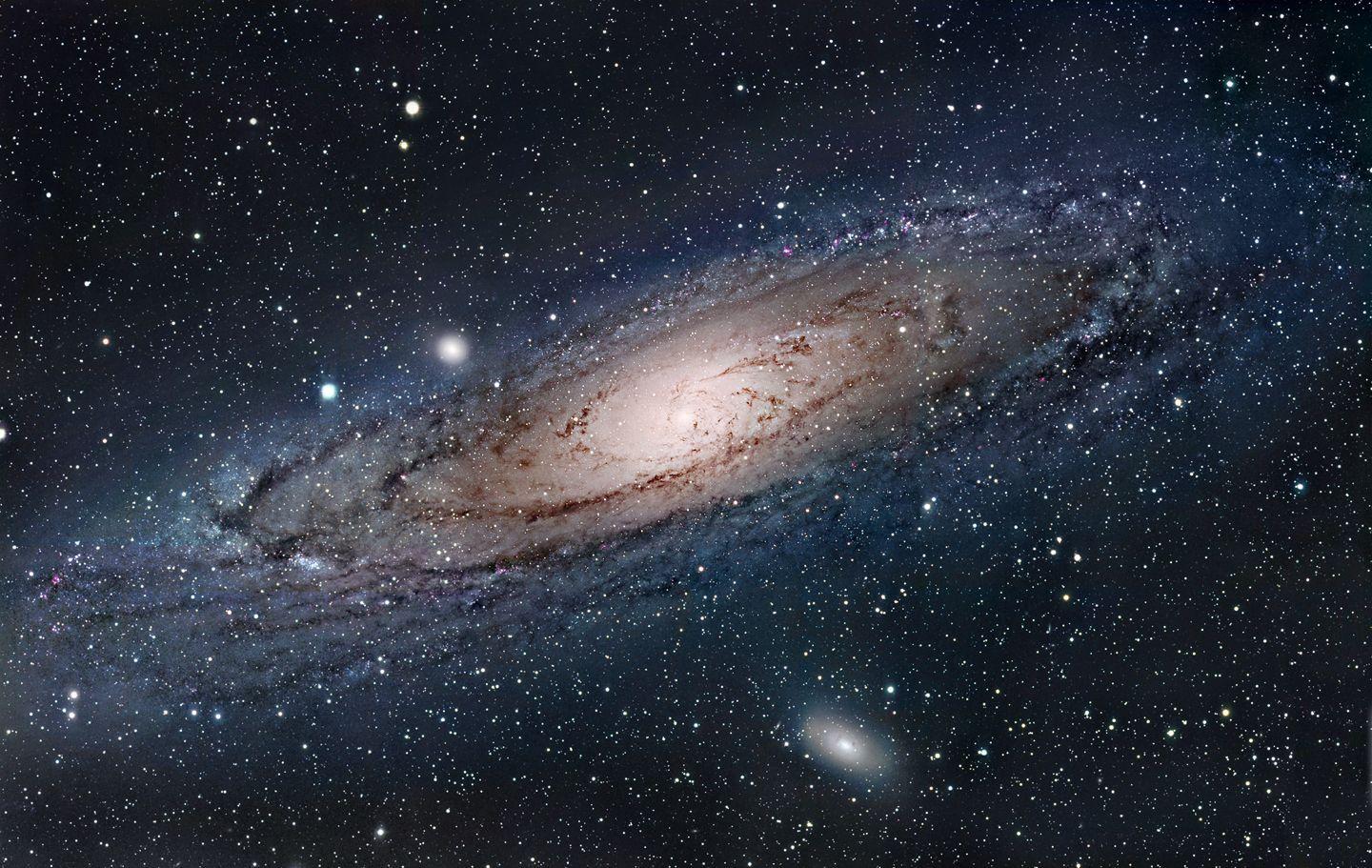 |
| An image of universe |
The universe is everything. From the tiniest particles, to
the largest galaxies, to the very existence of space, time, and life. But how
did it all begin? The origin of the universe is the origin of everything. Multiple
scientific theories plus creation myths from around the world have tried to
explain its mysterious Genesis. However, the most widely accepted explanation
is the big Bang theory. The big Bang theory States that the universe began as a
hot and infinitely dense point. Only a few millimeters wide, it was similar to
a supercharged black hole. About 13.7 billion years ago this tiny singularity
violently exploded. And it is from this explosion, this Bang, that all matter,
energy, space, and time were created. What happened next were two major stages
of the universe’s evolution. Called the radiation and matter eras, they are
defined by key events that helped shape the universe. First came the radiation
era, named for the dominance of radiation right after the big bang. This era is
made of smaller stages called epochs that occurred within the universe’s first
tens of thousands of years. The earliest is the Planck epochs. No matter
existed in the universe at this time, only energy and the ancestor to the 4
forces of nature, the super force. At the end of this stage, however, a key
event occurred in which gravity split away from the super force. Next came the
grand unification epoch, named for the 3 remaining unified forces of nature. This
epoch ended when one of those forces, called strong, or strong nuclear, broke
away. Than the inflationary epoch began during which the universe rapidly
expanded. Almost instantly it grew from the size of an atom to the size of a
grapefruit, the universe of this time was piping hot and it churned with
Electrons, quarks, and other particles. Then comes the electroweak epoch, when
the last 2 forces, electromagnetic and weak, finally split off. During the next
stage, the quark epoch, all of the universe's ingredients were present; however,
the universe was still too hot and dense for subatomic particles to form. Then,
in the hadron epoch, the universe cooled down enough for quarks to bind
together and form protons and neutrons. In the lepton and nuclear epochs, the
radiation era’s last 2 stages, the protons and neutrons underwent a significant
change. they fused and created nuclei. And in doing so, they created the 1st
chemical element in the universe, helium. The universe’s new ability to form
elements, the building blocks of matter, queued the matter era. Much as the
name suggests, the matter era’s defined by the presence and predominance of
matter in the universe. It features 3 epochs that span billions of years. The
vast majority of the universe’s life spans, and includes the present day. The
1st was the atomic epoch. In this stage, the universe’s temperature cooled down
enough for electrons to attach to nuclei for the 1st time. Called recombination,
this process helped create the universe’s 2nd element, hydrogen. This hydrogen,
along with helium atoms, dotted the universe with atomic clouds. Within the
clouds, small pockets of gas may have had enough gravity to cause Atoms to
collect. These clusters of Atoms, formed during the galactic epoch, became the
seedlings of galaxies. Nestled inside those galaxies, stars began to form. And
in doing so, they queued the latest and current stage of the universe's
development, the stellar epoch. The formation of stars then caused a tremendous
ripple effect and helped shape the universe as we know it. Heat within the
stars caused the conversion of helium and hydrogen into almost all the
remaining elements in the universe. In turn, those elements became the building
blocks for planets, moons, life, everything we see today. This ecosystem of
everything was only possible because of the many stages in the universe's
development. While countless questions about the origins of our universe remain,
it's only a matter of time for some long-sought answers to emerge.


1 Comments
outstanding
ReplyDelete